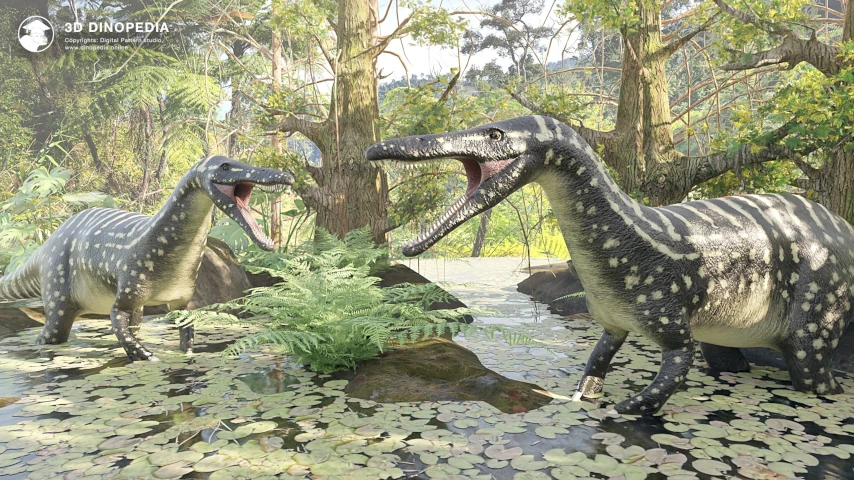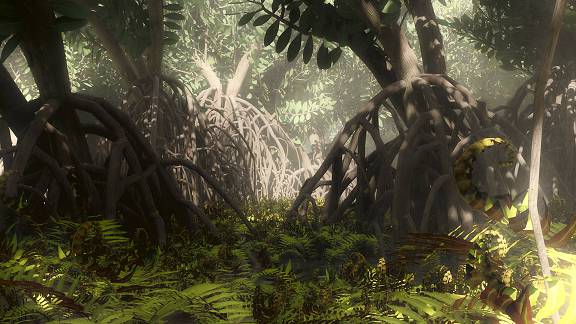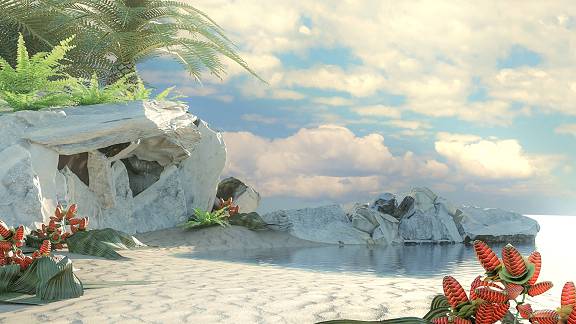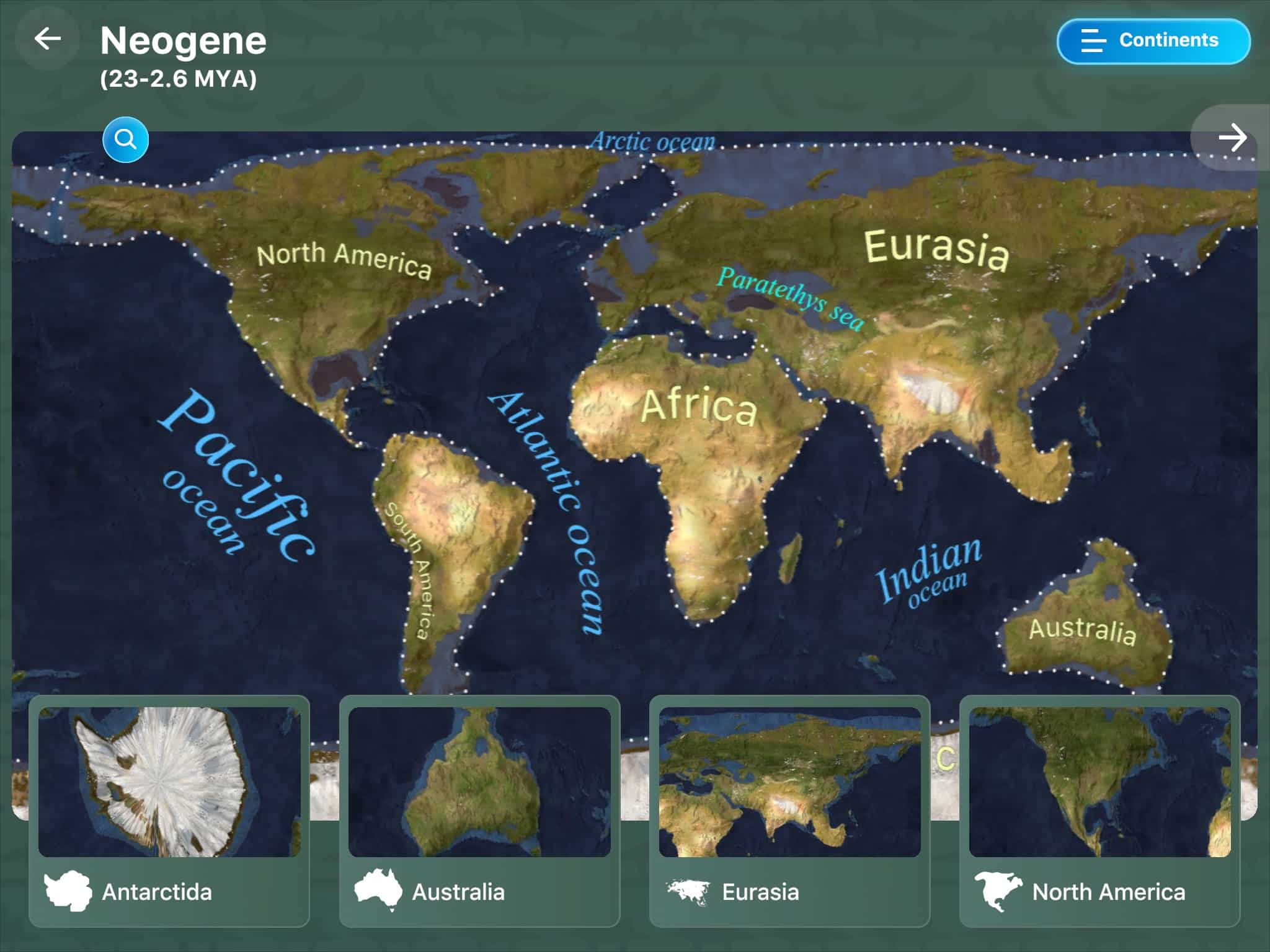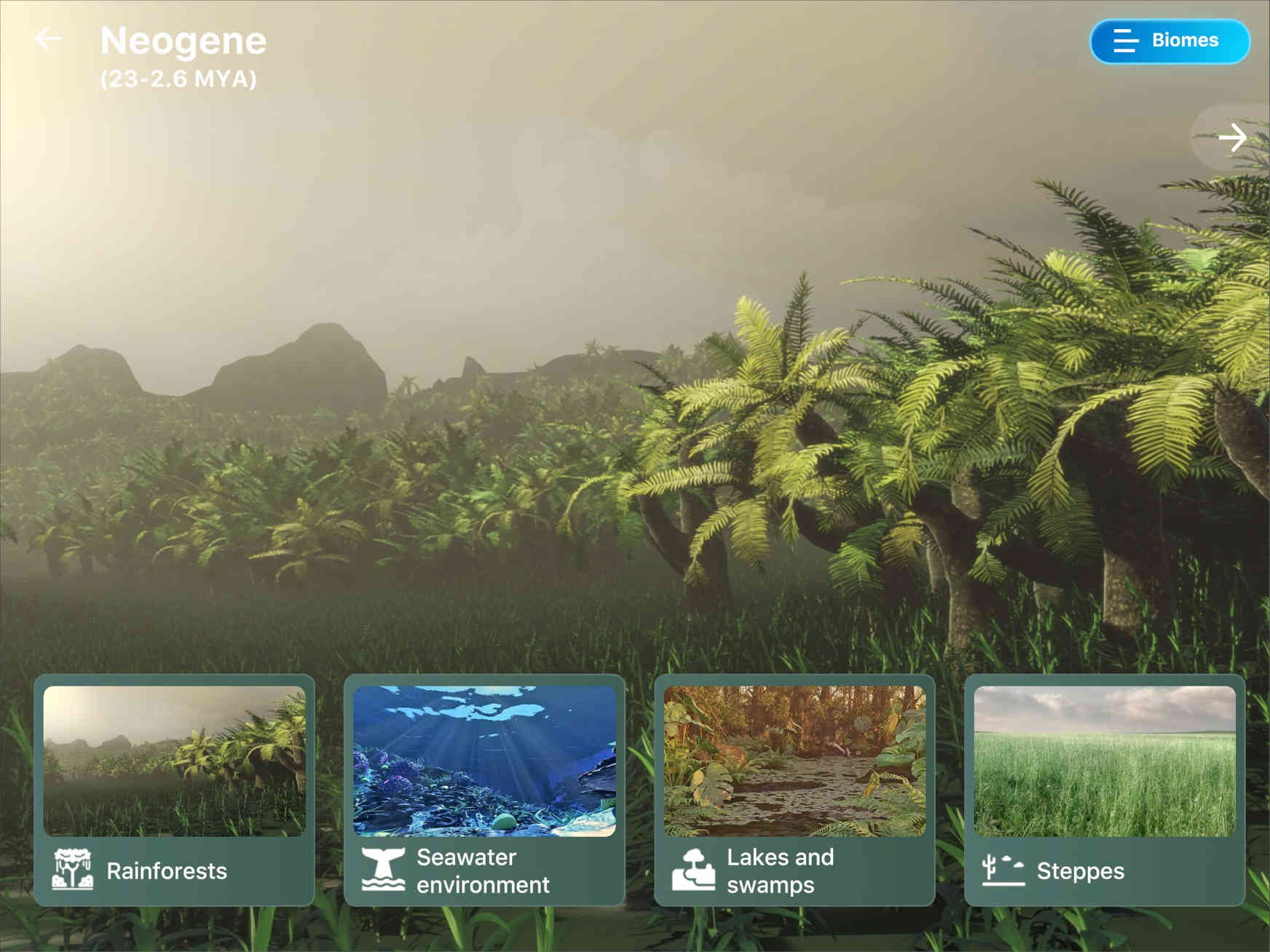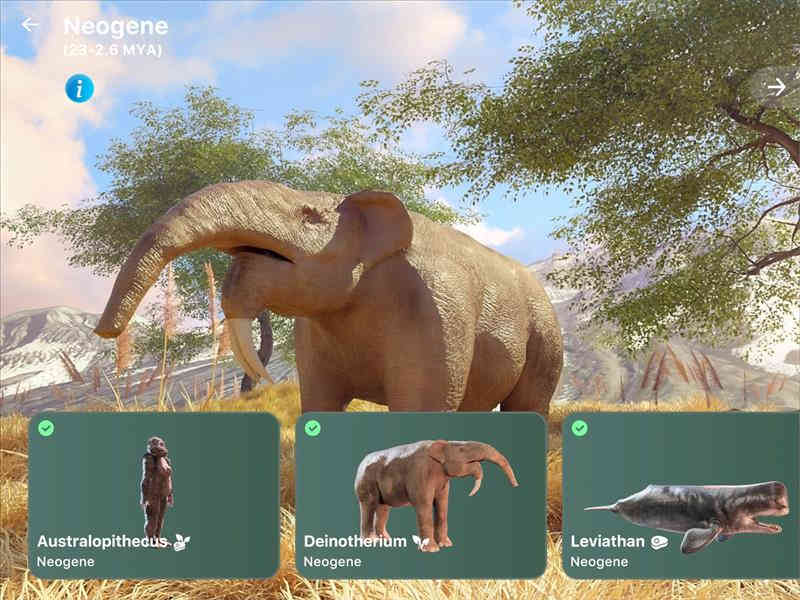Marine environment

The shallow warm seas of the Cretaceous period were home to a variety of fauna and flora species. The vegetation was mainly composed of red algae, such as Mesophyllum or Amphiroa, and green algae. However, other plants were added throughout the Cretaceous period. In the second half of the Cretaceous, the world was virtually "taken over" by flowering plants - angiosperms. Some of them managed to adapt to life in seawater. Thus, the earliest "seagrasses", such as Thalassocharis, emerged.
In addition to plants, the seabed was inhabited by a multitude of animals that shaped the primitive landscape: sponges, sea lilies, bryozoans. Corals created entire underwater cities - reefs. At the end of the Jurassic period, a very unusual group of animals appeared - the Rudists. They were perhaps the most unusual bivalve mollusks. One shell of their casing took the form of a cup, making them very similar to solitary corals. Throughout the Cretaceous period, rudists made up a significant part of cor...
In addition to plants, the seabed was inhabited by a multitude of animals that shaped the primitive landscape: sponges, sea lilies, bryozoans. Corals created entire underwater cities - reefs. At the end of the Jurassic period, a very unusual group of animals appeared - the Rudists. They were perhaps the most unusual bivalve mollusks. One shell of their casing took the form of a cup, making them very similar to solitary corals. Throughout the Cretaceous period, rudists made up a significant part of cor...
 3D BIOMES
3D BIOMES
